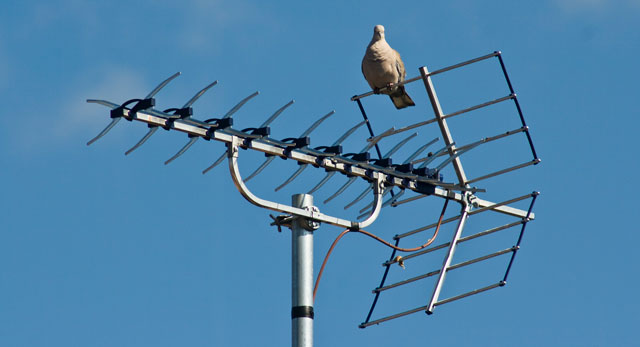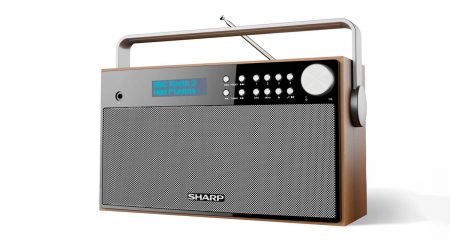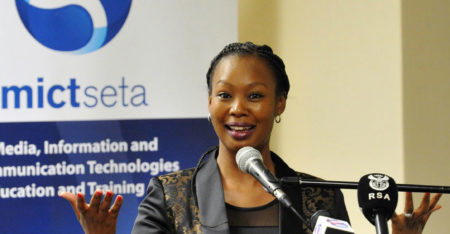
Botswana has adopted the Japanese standard for digital terrestrial television instead of the European standard favoured by many of its neighbours, a newspaper report has said, prompting sharp criticism from an industry body.
According to Botswana’s DailyNews newspaper, that Southern African country’s government has adopted the Integrated Services Digital Broadcasting Terrestrial (ISDB-T) standard for digital broadcasts, rather than the second generation of the Digital Video Broadcasting Terrestrial (DVB-T2) standard adopted by South Africa and most other nations in the region.
South Africa, which had committed itself to the European standard, vacillated a few years ago under intense lobbying by Japan and Brazil. Brazil has adopted a variation of the ISDB-T standard. However, after nine months of debate – and a change in communications minister – the country adopted a newer version of the European standard.
Botswana’s decision to adopt the Japanese technology has now drawn fire from the Southern African Digital Broadcasting Association (Sadiba), an industry forum, which says in a statement that the decision will put Botswana “on the back foot”.
“It burdens citizens with unnecessary costs, reduces the prospect of costs dropping in future, and reduces the benefits possible from the transition to digital,” Sadiba says. “It sets a country up for a wasteful second transition to a newer technology in future.”
The association says “independent research” by Stellenbosch University has shown that DVB-T2 is “far superior” to other digital standards.
“The growing number of commercial deployments of DVB-T2 across Asia, Europe and Africa bear witness to the fact that DVB-T2 is the world’s most advanced terrestrial broadcast standard,” Sadiba says “It undisputedly delivers 50% more capacity than ISDB-T (or DVB-T) and is unrivalled in its flexibility and features by first-generation standards.”
It says that since 2010, Japan has licensed and rolled out additional networks for mobile multimedia reception using a new technology standard called ISDB-Tmm6. “The fact that an additional standard had to be developed and additional networks have been rolled out in Japan to deliver mobile network coverage suggests that media statements on the ability of standard ISDB-T technology to deliver simultaneous fixed and mobile service coverage are inaccurate and misleading.”
Sadiba adds that research conducted in 2010 showed the cost of set-top boxes in 2010 was “significantly more expensive” than similarly equipped boxes using DVB-T technology. “The combined cost of these access devices constitutes the single biggest cost of the digital transition of any nation.” — (c) 2013 NewsCentral Media




![The future of radio in South Africa [podcast]](https://techcentral.co.za/wp-content/uploads/2017/01/techcentral-podcast-938-1.jpg)